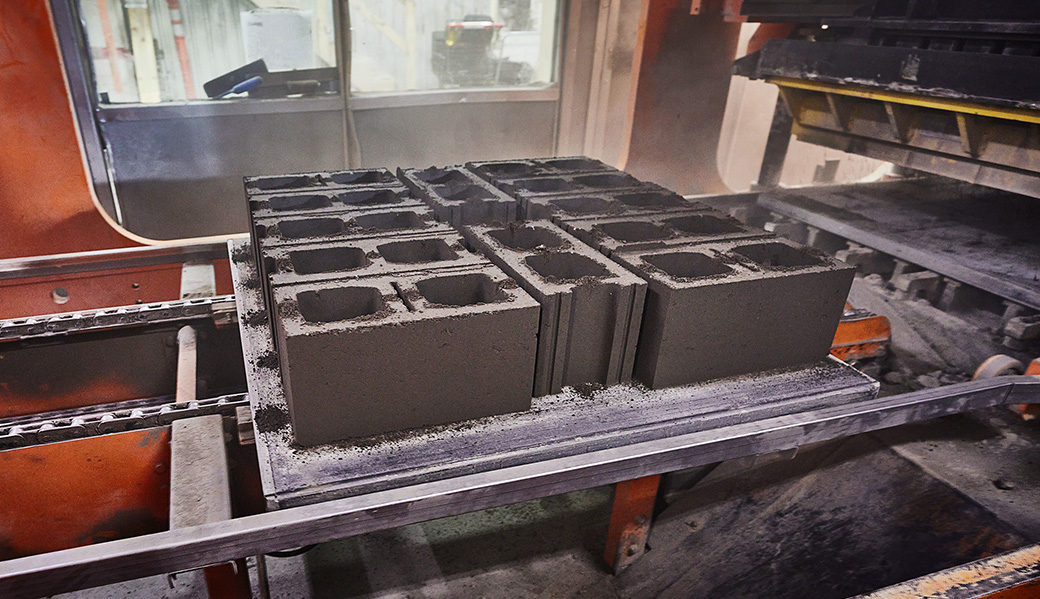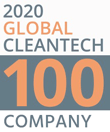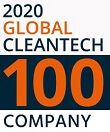
On August 16, 2022, the United States Congress passed the Inflation Reduction Act, the largest climate-related spending bill in the nation’s history. The act focuses on supporting clean energy and lowering carbon emissions through tax credits, job creation, and support for industry research. By directing a cumulative $369 billion toward the reduction of greenhouse gas (GHG) emissions, The US is setting an impressive precedent for the global community in terms of financial support for sustainably minded projects.
The National Resources Defense Council discussed a number of subsidies and loan programs expanded under the IRA to incentivize the timely development of innovative technologies in the sustainability sector, placing particular emphasis on projects creating or utilizing clean energy. The Advanced Industrial Facilities Deployment Program, aimed at decarbonizing emissions-intensive industrial sectors, dedicates nearly $6 billion toward the development of energy-efficient innovations lowering GHG emissions. The program aims to increase the rate of production for low carbon industrial materials, especially those destined for federal infrastructure projects.
The IRA also allocates $2.15 billion to the General Services Administration (GSA) through 2026 in order to support the procurement, acquisition, and installation of low-embodied carbon in the construction or alteration of GSA facilities. Coupled with expansion of the Federal Buy Clean Initiative, this expands incentives for low-carbon construction in federal facilities at large. Working in conjunction with the Environmental Protection Agency, the GSA plans to develop a program to identify and label low-embodied carbon materials in the infrastructure sector.
Madelyn Morrison, External Affairs Manager of the Carbon Capture Coalition, praised the enhancements the IRA makes to the carbon tax credit program, dubbed 45Q, that was initially enacted in 2008. Morrison stated that the legislation “could deliver an estimated 13-fold increase in deployment of carbon management technologies and between 210 and 250 million metric tons of annual emissions reductions by 2035.”
The IRA nearly doubles the government subsidy rate for CO2 capture per metric tonne. This system of tax incentives looks to be a driving force for projects involved in carbon capture, utilization, and storage (CCUS). CarbiCrete brings the CCUS sector to the world of construction, a notoriously wasteful industry accounting for almost 8% of global CO2 emissions.
With revolutionary developments in the industry like CarbiCrete’s production of cement-free, carbon-negative concrete, the IRA’s goal of reducing GHG emissions by 40% is within reach. CarbiCrete’s twofold innovations of CO2 avoidance and removal in the sustainable construction sector, namely the omission of cement in the concrete makeup and the permanent sequestering of CO2 within precast concrete products, make it an excellent step forward on the road to a net-zero economy by 2050.



